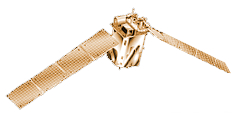The TIMED SEE calibration rocket (NASA 36.217) had a successful launch at 17:28:34 UT on October 15, 2004. All six instruments aboard made excellent measurements that include the solar ultraviolet (UV) irradiance for calibrating the TIMED SEE instrument, SORCE XPS instrument, and the NOAA GOES solar X-ray instruments. One of the rocket instruments also measures the far ultraviolet (FUV) airglow that is useful for validating the TIMED GUVI airglow measurements. Examples of the raw instrument data are shown below.
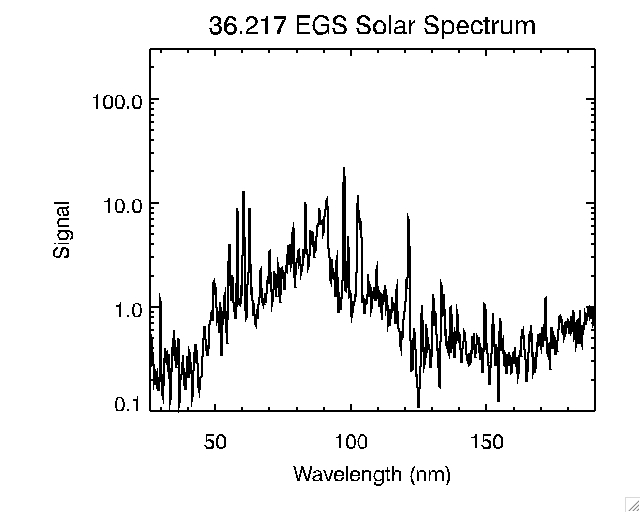
The rocket EUV Grating Spectrograph (EGS) is the prototype EGS that is aboard the TIMED SEE satellite instrument, and it measures the solar irradiance from 26 nm to 194 nm with 0.4 nm spectral resolution. This part of the solar spectrum is dominated by emission features from the chromosphere, transition region, and corona layers in the solar atmosphere.
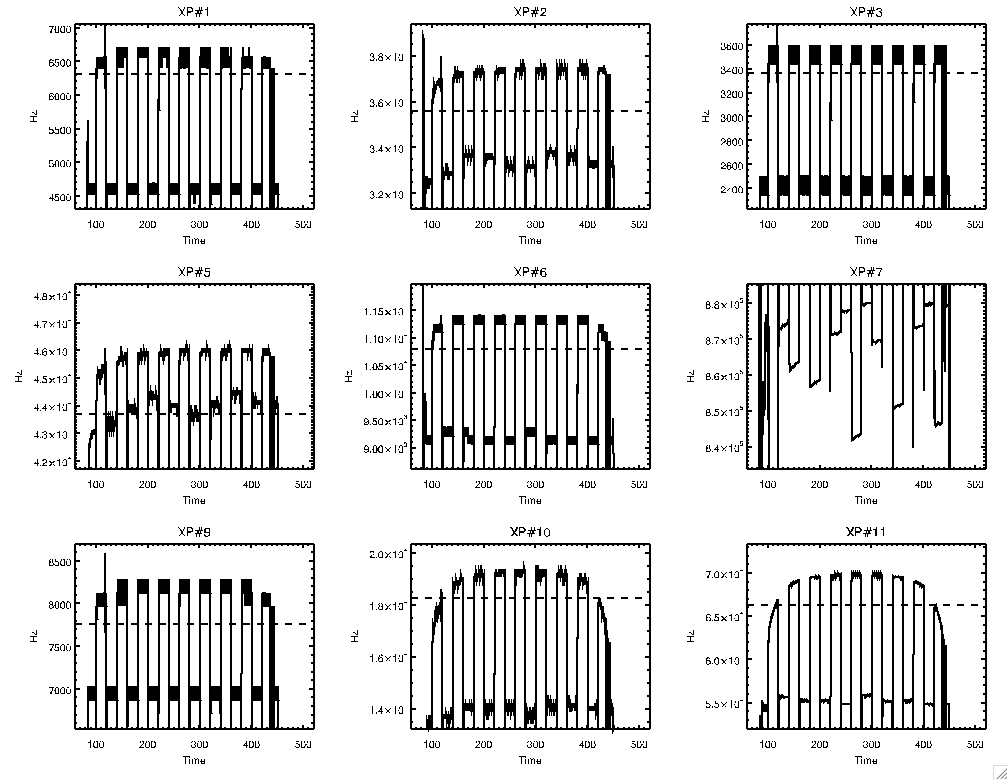
The rocket XUV Photometer System (XPS) is the prototype XPS that is aboard the TIMED SEE satellite instrument, and it measures the solar irradiance from 0.1 nm to 34 nm in broad bandpasses of about 7 nm. These plots are the XPS signals versus time since launch, with the rocket apogee occurring at about T+270 seconds. A filter wheel is used to switch between a clear aperture and a fused silica window every 20 seconds. The atmospheric absorption during the rocket flight is obvious at times away from the apogee for channels #10 and #11, being channels for the longer part of the XUV spectrum.
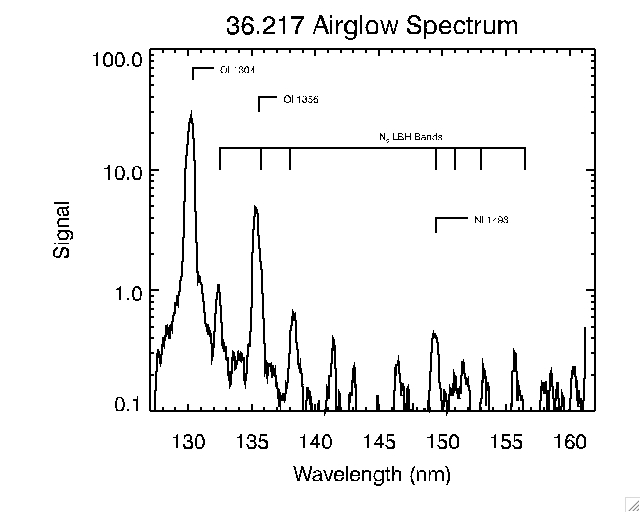
The rocket airglow spectrograph measures the FUV airglow in the range of 128 nm to 162 nm with about 0.2 nm spectral resolution. The dominant airglow emissions in this range are from atomic oxygen, molecular nitrogen, and atomic nitrogen.
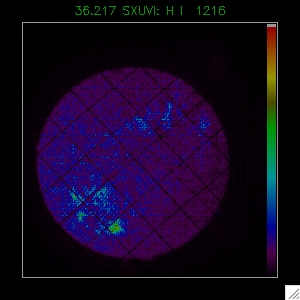
The rocket Solar Imager observes the Sun in the bright hydrogen emission at 121.6 nm, called the hydrogen Lyman-alpha emission. The grid on this image is due to the electrostatic grid directly above the detector.
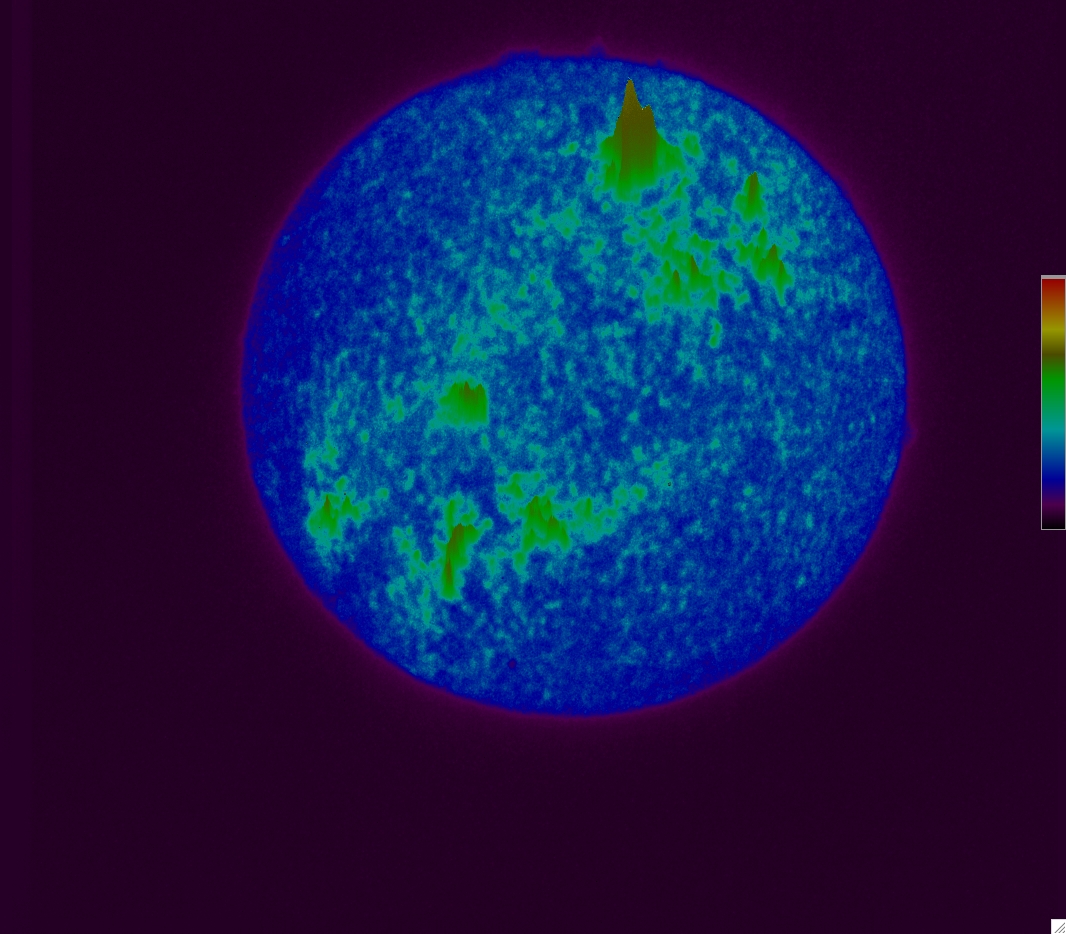
This is another Lyman-Alpha image of the Sun (121.6 nm) from the CLASSIC instrument, a 1066 by 1064 CCD. Some of the large active regions saturated the CCD wells, which gives the smearing effect, or “blooming”, seen at these higher intensity regions.

